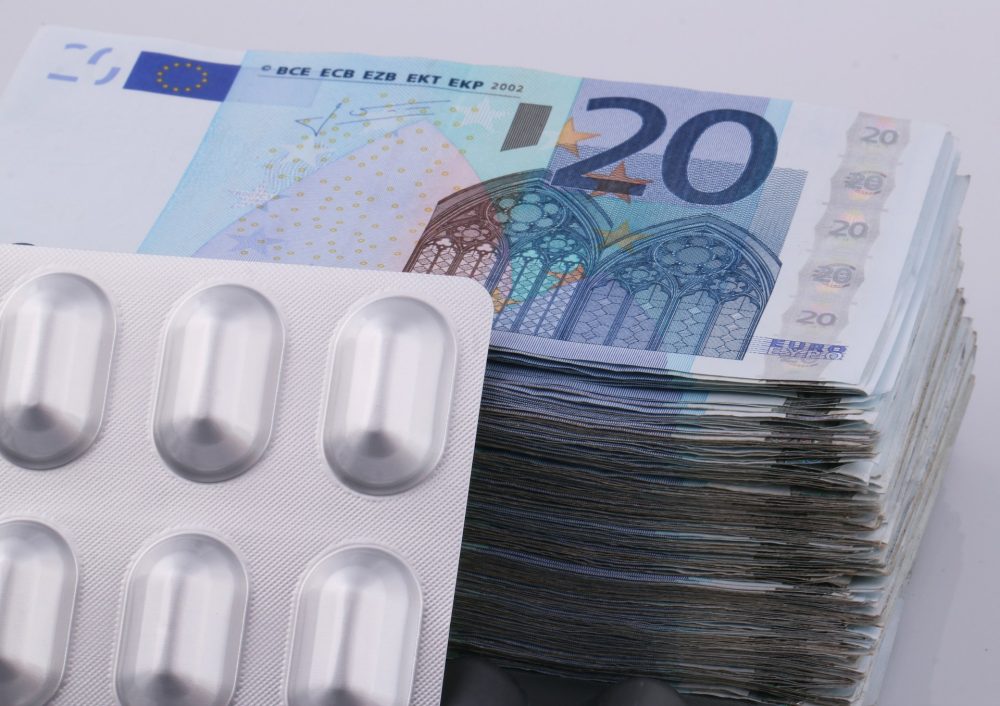Business
Titanium dioxide white: The modern standard in the paints and pigments industry
Titanium dioxide has become dominant over other white pigments and a preferred choice for high-performance paints.

The titanium metal is one of the ten most abundant elements found on the Earth’s crust. However, majority of this metal is not being used in its purest elemental form, but rather as titanium dioxide, which accounts for as much as 96 percent of global titanium consumption. Titanium dioxide is also dubbed as the principal white pigment of commerce in the 20th century, as it has become increasingly dominant over rival white pigments like lithopone, white lead, and zinc white.
Discovered as far back as 1821, the titanium dioxide white pigment only started to be mass produced in 1916 in Norway for industrial purposes. It has become one of the most used white pigments because of its brightness and very high refractive index, surpassed only by a few other liquids and gases. When deposited as a thin film, titanium dioxide’s refractive index and color makes it an excellent reflective optical coating for dielectric mirrors and even some gemstones, like mystic fire topaz. In powder form, titanium dioxide is also effective as a pigment that provides whiteness and opacity to various products like paints, plastic, papers, coatings, foods, inks, medicines, and toothpastes.

Paint materials. (Source)
Referred to as “the whitest white,” titanium dioxide white was produced for artistic purposes in the United States of America starting in 1921. However, as an oil, it dries into a spongy film that makes it unsuitable for artistic purposes. To make it usable in paintings, titanium dioxide white is always blended with one or more of the other white pigments in a balanced blend for better quality, professional grade titanium whites.
Titanium dioxide occurs in three distinct crystalline forms: rutile, anatase, and brookite. Rutile titanium dioxide pigments impart greater durability than the other two forms, making it important in applications like paints and plastics. It also has the ability to absorb greater UV rays and has lower photocatalytic activity, making it the pigment of choice for high-performance paints, such as automotive top coatings and exterior plastics like PVC windows. Other outlets include inks, ceramics, cosmetics, and fibers.
Historically, markets in North America and Western Europe have the highest production capacity since the mid-1990s. However, the Asia Pacific market has also matured and increased its world share as lifestyle became more westernized. Latin American countries have also increased their production for paints and pigments as the industry is driven by economic growth, rising foreign direct investments, and increase in residential demand in urban areas.
One of the rising titanium miners in South America is White Mountain Titanium Corporation (OTCQB:WMTM), a US public company developing a titanium business in Chile. The company owns the Cerro Blanco Project, which has the potential to become one of the largest primary rutile mines in the world. The rutile resource was estimated at 112 million tons in a measured and indicated classification grading of 1.73 percent titanium dioxide and 69 million tons in an inferred grading of 1.37 percent titanium dioxide. The project is currently in the final feasibility stage, which is expected to be completed within the next 12 months. White Mountain Titanium Corporation could enter production at the end of 2017. Once production starts, the company is looking to become a global provider of three grades of titanium dioxide concentrate in the form of natural rutile, which is preferred by most buyers of the mineral.

-

 Biotech2 weeks ago
Biotech2 weeks agoEFPIA Calls for Clearer AI Governance to Safely Transform Drug Development
-

 Markets6 days ago
Markets6 days ago2025 Chaos, Concentration, and the Road to 2026
-

 Biotech2 weeks ago
Biotech2 weeks agoSpain Prioritizes Clinical Benefit Over Efficiency in Funding New Cancer Drugs
-

 Biotech3 days ago
Biotech3 days agoAsebio Welcomes the EU Biotech Act as a Boost to Competitiveness and Health Autonomy


























